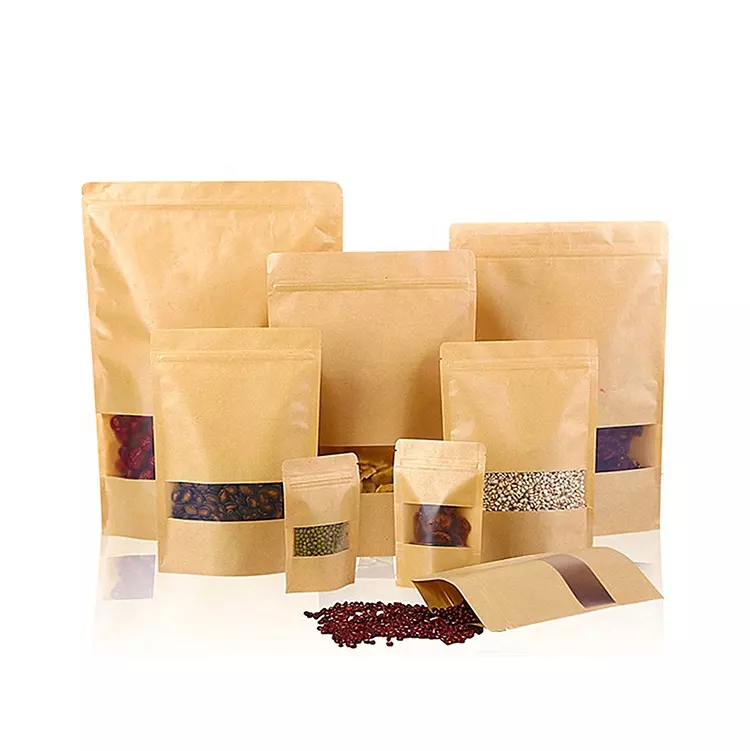- Afrikaans
- Albanian
- Amharic
- Arabic
- Armenian
- Azerbaijani
- Basque
- Belarusian
- Bengali
- Bosnian
- Bulgarian
- Catalan
- Cebuano
- chinese_simplified
- chinese_traditional
- Corsican
- Croatian
- Czech
- Danish
- Dutch
- English
- Esperanto
- Estonian
- Finnish
- French
- Frisian
- Galician
- Georgian
- German
- Greek
- Gujarati
- haitian_creole
- hausa
- hawaiian
- Hebrew
- Hindi
- Miao
- Hungarian
- Icelandic
- igbo
- Indonesian
- irish
- Italian
- Japanese
- Javanese
- Kannada
- kazakh
- Khmer
- Rwandese
- Korean
- Kurdish
- Kyrgyz
- Lao
- Latin
- Latvian
- Lithuanian
- Luxembourgish
- Macedonian
- Malgashi
- Malay
- Malayalam
- Maltese
- Maori
- Marathi
- Mongolian
- Myanmar
- Nepali
- Norwegian
- Norwegian
- Occitan
- Pashto
- Persian
- Polish
- Portuguese
- Punjabi
- Romanian
- Russian
- Samoan
- scottish-gaelic
- Serbian
- Sesotho
- Shona
- Sindhi
- Sinhala
- Slovak
- Slovenian
- Somali
- Spanish
- Sundanese
- Swahili
- Swedish
- Tagalog
- Tajik
- Tamil
- Tatar
- Telugu
- Thai
- Turkish
- Turkmen
- Ukrainian
- Urdu
- Uighur
- Uzbek
- Vietnamese
- Welsh
- Bantu
- Yiddish
- Yoruba
- Zulu
flexible packaging materials
The Evolution and Significance of Flexible Packaging Materials
In the rapidly evolving landscape of consumer goods, packaging plays a critical role not only in protecting products but also in enhancing marketing appeal. Among the various packaging options available, flexible packaging materials are increasingly becoming a preferred choice for manufacturers across numerous industries. This article delves into the characteristics, benefits, and future potential of flexible packaging materials.
Understanding Flexible Packaging Materials
Flexible packaging encompasses a variety of products made from flexible, non-rigid materials that can be easily shaped or molded. These materials include films, foils, and laminates, which can be crafted to create pouches, bags, wraps, and other packaging solutions. Common substrates for flexible packaging include plastic, paper, and aluminum. The versatility of these materials allows for an extensive range of applications, from food and beverages to pharmaceuticals and personal care products.
One of the key characteristics that define flexible packaging is its lightweight nature. Unlike traditional rigid packaging, flexible packs are designed to take up less space, making them easier to transport and store. This reduced weight can lead to significant cost savings in transportation and storage logistics, benefiting manufacturers and retailers alike.
Benefits of Flexible Packaging
1. Sustainability As environmental concerns continue to rise, consumers are increasingly inclined toward eco-friendly packaging options. Flexible packaging often requires less material than its rigid counterparts, leading to lower overall resource consumption. Additionally, advancements in technology have led to the development of recyclable and biodegradable flexible packaging materials that further reduce environmental impact.
2. Versatility Flexible packaging materials can be easily tailored to meet the specific needs of diverse products. The ability to incorporate features such as resealability, easy-open technology, and barrier properties enhances user convenience and product preservation. This adaptability makes flexible packaging suitable for an array of industries, from food and beverages to electronics.
flexible packaging materials

3. Cost-Effectiveness The manufacturing processes for flexible packaging are often less expensive compared to rigid packaging options. The materials used in flexible packaging can be produced and printed with high efficiency, which reduces costs involved in production and logistics. Furthermore, the lightweight nature of flexible materials can lead to savings in shipping expenses.
4. Extended Shelf Life Many flexible packaging solutions incorporate advanced barrier technologies that protect products from moisture, oxygen, and other external factors. This prolongs shelf life, preserves taste and quality, and reduces food waste—a crucial advantage in today’s sustainability-conscious market.
Trends and Future Directions
The flexible packaging industry is on an upward trajectory, spurred by innovation and changing consumer preferences. The demand for convenience and portable solutions is driving manufacturers to explore new designs and functionalities. For example, stand-up pouches have gained immense popularity for their space-saving design and user-friendly features.
Digital printing technology is revolutionizing the way flexible packaging is produced. Manufacturers can now customize packaging for promotional campaigns, limited editions, or regional preferences at a fraction of the cost. Such flexibility not only enhances brand engagement but also caters to the growing trend of personalization in consumer products.
Moreover, the integration of smart packaging technologies, such as QR codes and sensors, within flexible packaging is anticipated to further elevate the consumer experience. These innovations provide consumers with valuable product information, tracking capabilities, and improved safety features.
Conclusion
Flexible packaging materials have transformed the way products are presented and protected. Their combination of practicality, sustainability, and versatility makes them an essential option in modern packaging solutions. As companies continue to innovate and respond to consumer demands for greater convenience and environmental stewardship, flexible packaging is poised to maintain its relevance. The future of this industry is bright, supported by cutting-edge technologies and a steadfast commitment to sustainability that aligns with the values of today’s consumers. With an ever-evolving marketplace, flexible packaging is more than just a trend; it represents a fundamental shift toward smarter and more responsible packaging solutions.













